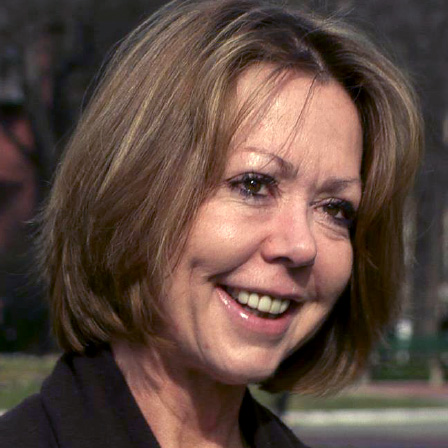 One cannot go to any conference or training these days without adolescent brain issues being discussed. It is a topic up there with evidence-based practices and trauma-informed care in terms of popularity as keynote themes.
One cannot go to any conference or training these days without adolescent brain issues being discussed. It is a topic up there with evidence-based practices and trauma-informed care in terms of popularity as keynote themes.
Presentations generally include MRI scans showing that the regions of the brain sensitive to risk-taking and rewards usually develop near the start of puberty, while the regions responsible for decision-making and judgment do not mature until the early to mid-20s.
While this information is important to those who work in the juvenile justice system, many practitioners, including prosecutors, are sometimes uncomfortable with this topic. When I first heard that about brain science, my immediate reaction was “I hate science, that’s why I went to law school!” And the topic of neuroscience was never covered in law school — at least in the classes that I took.
That being said, it is an issue that every single one of us on the front lines must have a working knowledge of. And when you think about it, these studies pretty much confirm things we have known for a very long time.
The teenage years are a period between childhood and adulthood when young people test boundaries and often engage in risky and reckless behavior. I know this not because I read the studies but because I was that sort of teen.
The science does a good job of explaining adolescent behavior, but it’s important for those on the front lines to understand that it is sometimes misrepresented in an effort to excuse troubled behavior. Police officers, prosecutors, judges and probation officers need to know what the science actually says — and perhaps more importantly — what it doesn’t.
Consequences still matter, especially in cases where kids are coming from dysfunctional environments with no rules or sense of right and wrong. Holding a young person accountable for bad behavior is a way to increase their self-control and help them prepare for a world in which behavior matters.
While disagreements and skepticism may still exist, there is a tremendous need to discuss the uncontroverted science in a way that everyone can understand and apply. Fortunately, it appears that we have reached a point where there is agreement about these recent scientific advances. Moreover, there is a palpable shift from deficit-based theories to solutions grounded in strength-based theories and models.
To my surprise, one of the leading researchers of adolescent brain issues, Larry Steinberg, is at the forefront of a national conversation on shifting this paradigm and setting the record straight. In fact, he acknowledges that he shares the concerns that some of the neuroscience is being exaggerated or misunderstood. Because the human brain is undergoing significant change in structure and function during adolescence, this period of development is strongly influenced by the surrounding environment. There are critical vulnerabilities and possibilities that we all must be aware of.
The susceptibility of the teenage brain to drugs and alcohol is probably one of the most important findings that practitioners need to be aware of. Unlike shoplifting, using drugs or alcohol during adolescence may cause brain changes that have profound and long-lasting consequences.
Although taking drugs at any age can lead to addiction, the earlier a person begins to use drugs, the more likely he or she is to develop serious problems. Ninety percent of those with addiction issues started in adolescence. The juvenile justice system has a tremendous role to play: reducing the risks surrounding young people’s drug use and addiction through prevention, early intervention, treatment and recovery strategies.
On the flip side, the good news is that brain plasticity also creates extraordinary opportunities to help young people. Since the brain is very sensitive to experiences during these years, environments play an important role in the development. And the juvenile justice system can play an important role here by encouraging and facilitating positive interactions with parents, peers, schools and communities.
The opportunity for positive change through role models, mentors and pro-social activities has set the framework of Positive Youth Development, a guiding philosophy for many involved in this field. From diversion programs to sentencing conditions, anyone making these decisions must be aware of the potential to implement positive change through their decisions and recommendations.
By incorporating practices and policies that tap into the strengths of youth and through the identification of supportive peers and adults in their life, juvenile justice stakeholders can use positive people, places and activities to help transform the trajectory of a young person’s life.
While I admit that I still have to Google certain terms and concepts (i.e. “myelination”) of neuroscience, I actually have a growing appreciation for this science. In fact, I believe that the most important findings from this field make perfect sense and are critical to getting youth on the right track.
Working together, we can do our best to replace negative activities (drug use, deviant peers, etc.) with positive ones. Connecting young people with positive peers, adults and activities can certainly have an impact on their development. This is something everyone can understand — whether in the ivory tower or the courtroom.
Susan Broderick is project director of Georgetown University’s National Juvenile Justice Prosecution Center.
